 | ||
The Cornsweet illusion, also known as the Craik–O'Brien–Cornsweet illusion and the Craik–Cornsweet illusion, is an optical illusion that was described in detail by Tom Cornsweet in the late 1960s. Craik and O'Brien had made earlier observations in a similar vein.
In the image at right, the entire region to the right of the "edge" in the middle looks slightly lighter than the area to the left of the edge, but in fact the brightness of both areas is exactly the same, as can be seen by blacking out the region containing the edge.
This phenomenon is similar to the phenomenon of simultaneous contrast and Mach bands, but differs from it in two important respects.
The third image at right shows the usual explanation of the effect. A far more convincing and dramatic version of the effect can be seen in the article by Purves, Lotto, and Nundy, where it is presented within a quasi-realistic image of solid, illuminated objects. These writers give an explanation of this and other illusions, in which the visual system and brain are posited to generate percepts on an empirical basis that is much like a reflex. In their words, ... [perception] accords not with the features of the retinal stimulus or the properties of the underlying objects, but with what the same or similar stimuli have typically signified in the past.
